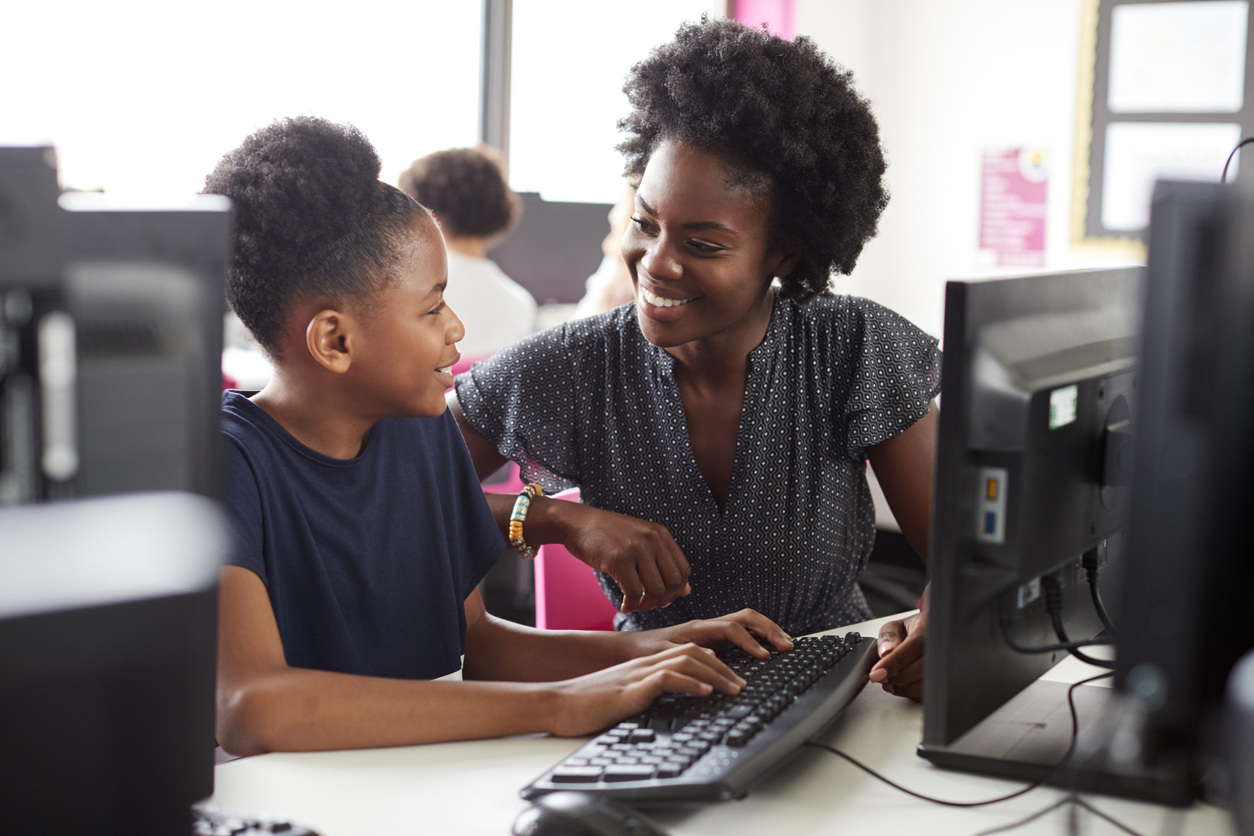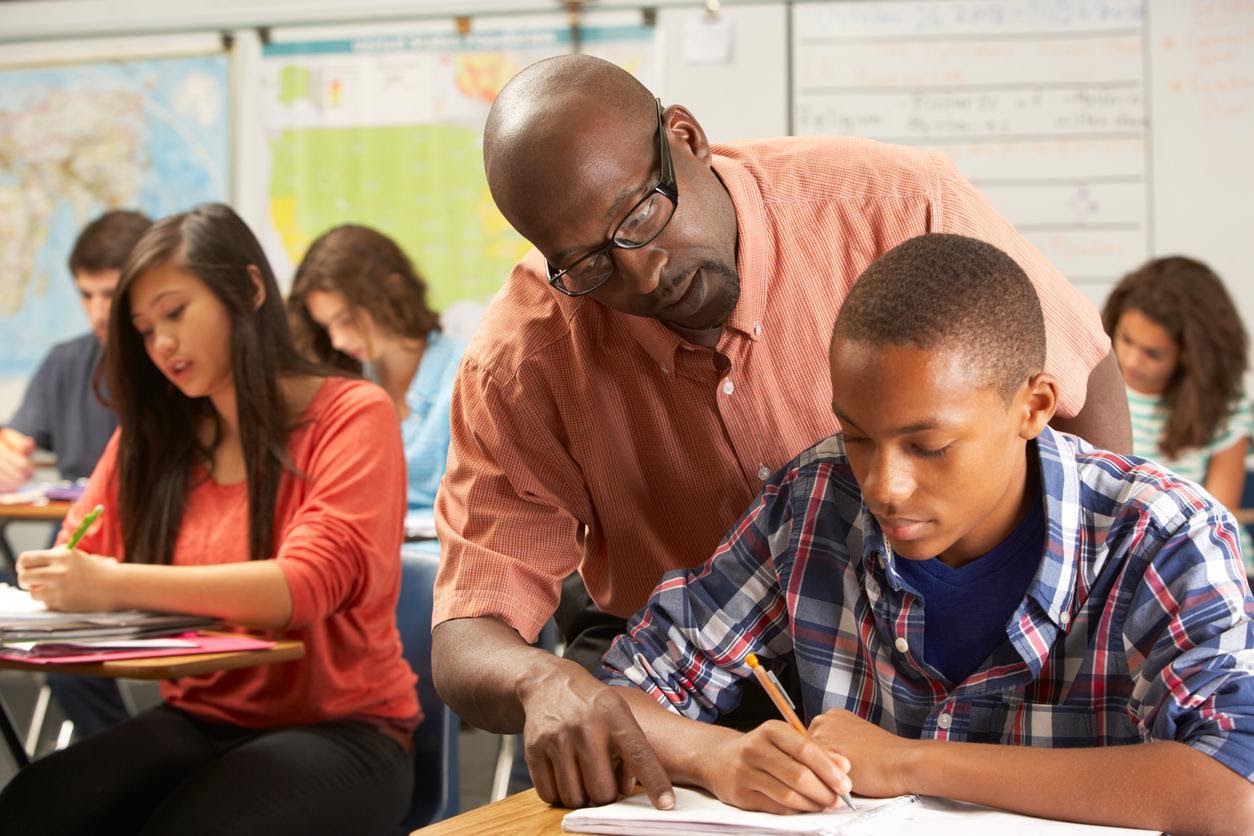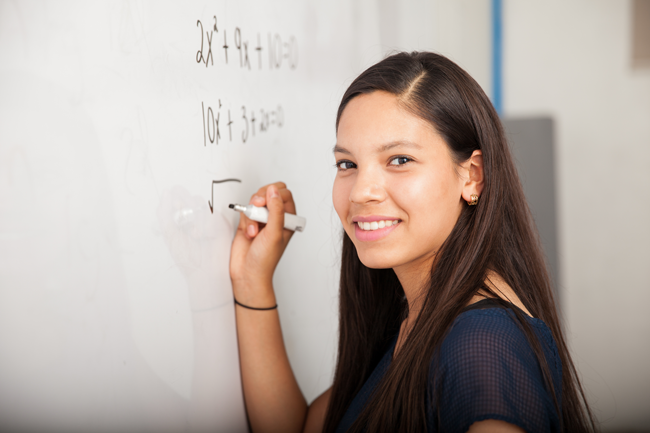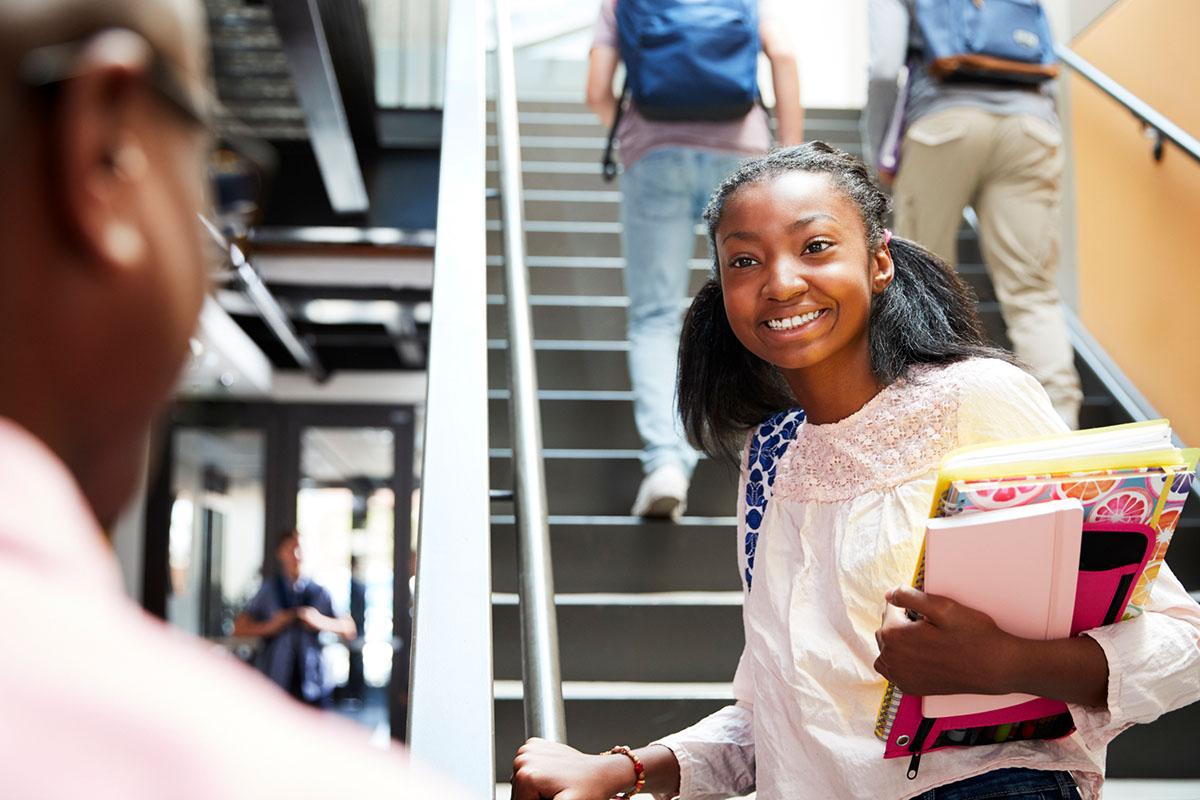Blog
The Ties That Transform: Practical Ways for Educators to Strengthen Student‑Teacher Relationships
Student‑teacher relationships can be transformative. The bonds that form between young people and their teachers provide opportunities to really listen and embrace the gifts each individual brings to the classroom, and to the world.
But most educators have also experienced frustrations and difficulties meeting all the challenges of the job while forming meaningful relationships with each and every student. Even before the disruptions of the global coronavirus pandemic, many teachers reported feeling overwhelmed, and many students felt disconnected from school.
Search Institute researchers took a deep dive into one school district, Bloomington (Minnesota) Public Schools, to examine all the ways that student‑teacher relationships affected students’ academic performance and motivation. It’s called the Developmental Relationships Enhance Academic Motivation (DREAM) study.
The results were illuminating. This study—like the studies before it—suggests that developmental relationships play a central role in boosting student achievement and learning. We also learned about specific and practical ways teachers can respond to students’ needs in an intentional way, creating new pathways and opportunities, especially for marginalized students.
The Findings
The DREAM Study led us to these main conclusions:
-
Developmental relationships between students and teachers matter, especially for students from low‑income backgrounds.
-
A significant perception gap exists between students and teachers in how they rate their relationships with each other.
-
As relationships improve over the school year, students report higher motivation levels.
-
Most students report that their relationships with their teachers stay the same or get worse, especially students from low‑income backgrounds.
-
Students express clear ideas about how to improve their relationships with teachers (and teachers often agree).
The DREAM study was informed by Search Institute's developmental relationships framework, which outlines five elements and 20 specific actions that serve to strengthen developmental relationships. The DREAM study provided concrete evidence that when students experienced stronger developmental relationships with their teachers, they were more motivated to learn in school. This led to greater academic achievement, as reflected in grade point average (GPA) as well as standardized test scores.
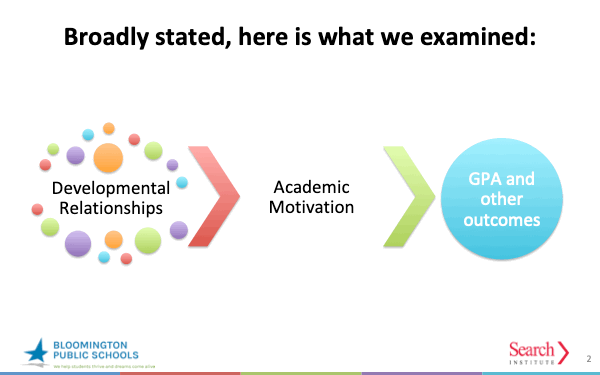
How Did We Get There?
The data for the DREAM study was collected from students and teachers before the pandemic, during the 2017‑18 and 2018‑19 school years. We utilized:
-
Online surveys of all middle and high school students and teachers in the two participating schools in Fall 2017, Spring 2018, and Fall 2019.
-
Student focus groups, including one 6th/7th‑grade group (6 students), one 8th grade group (5 students), and one 9th–11th-grade group (6 students), followed through the school year.
-
Interviews with teachers who were nominated by the focus group students for the ways they effectively build relationships with students.
Listening to Students and Teachers
When it comes to student‑teacher relationships, we want to highlight this finding: Students have clear, reasonable ideas of what would enhance their relationships with teachers (and teachers describe many of the same relational practices).
Students in our focus group strongly agreed there was a connection between a teacher’s ability to create a positive relationship with them and how motivated they were in that teacher’s class. One participant noted, “You don’t wanna let them down, they’re giving you all these resources, so why let them down?”
We’ve divided the actions into the five elements of the developmental relationship framework: Express Care, Challenge Growth, Provide Support, Share Power, Expand Possibilities.
This is what students told us made a difference in their relationships with teachers.
How Teachers Express Care
When students experienced care from their teachers, they felt connected, appreciated, and understood. Students gave specific examples of how their teachers expressed care, including:
-
Having a positive attitude, being willing to take (and make) a joke, and not taking things too seriously unless it was necessary.
-
Getting to know students.
-
Teachers telling their own stories.
-
Wiping the slate clean each day.
How Teachers Challenge Growth
When students felt challenged by their teachers, they worked harder and stayed engaged in class. Students experienced being challenged when their teachers:
-
Demonstrated high expectations.
-
Pushed students to do their best, yet created opportunities to learn from mistakes.
How Teachers Provide Support
Students who experienced support from their teachers felt more confident in their learning. They talked about not wanting to “let down” a teacher who was working hard to help them. Some also felt their grades were better as a result of a teacher’s intentional support. Students talked about several ways they experienced support from their teachers, including:
-
Not giving up on students.
-
Showing creative pathways to success.
How Teachers Share Power
Students did not give as many examples of teachers sharing power with them as they did with the other elements of developmental relationships. But when teachers did share power, students felt respected and heard. Some of those actions included:
-
Giving choices and opportunities to be part of decision‑making.
-
Acting on student suggestions.
-
Putting students on the “same level” (treating them as adults).
How Teachers Expand Possibilities
When teachers expanded possibilities for students, the students were able to take their goals to the next level and sometimes learn new things they did not expect. These teachers were:
-
Connecting students with opportunities in school, yet beyond the classroom.
-
Connecting students with opportunities outside of school.
The Takeaway
People choose to teach because they believe they can make a difference in young people’s lives. Developmental relationships are about really connecting with young people in order to embrace their full humanity, positive potential, and unique gifts.
There are specific actions teachers can take to intentionally deepen and strengthen student‑teacher relationships. Doing so can open the doors of connection and opportunity for all young people, especially those who encounter systemic barriers to success.

